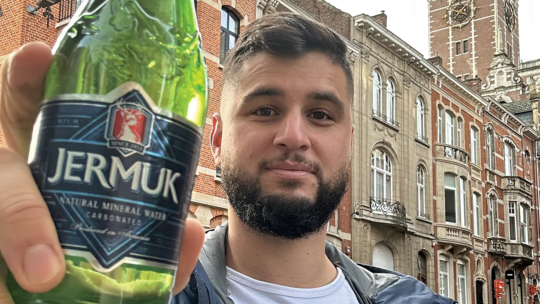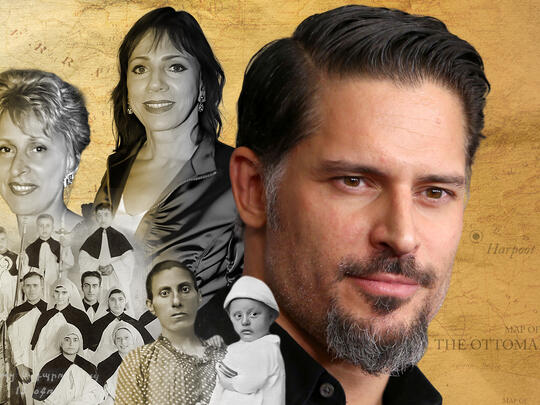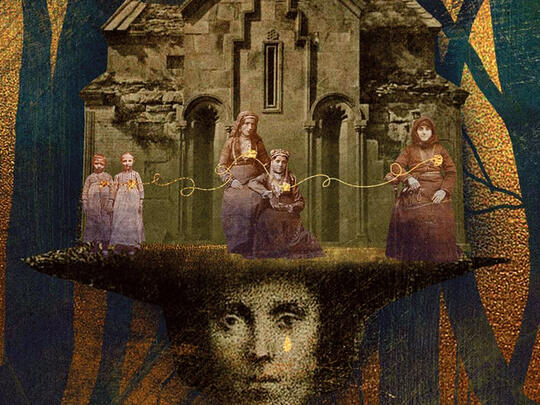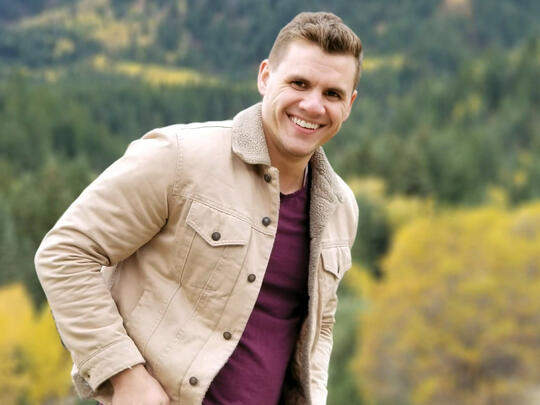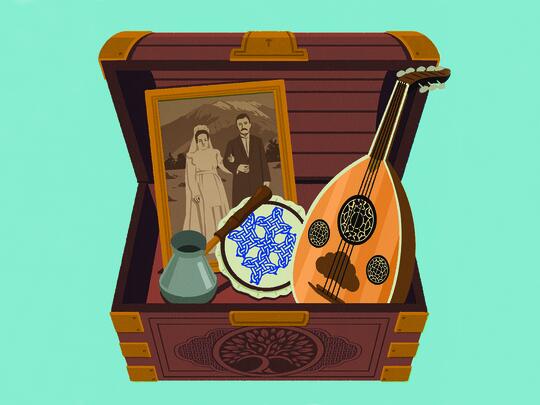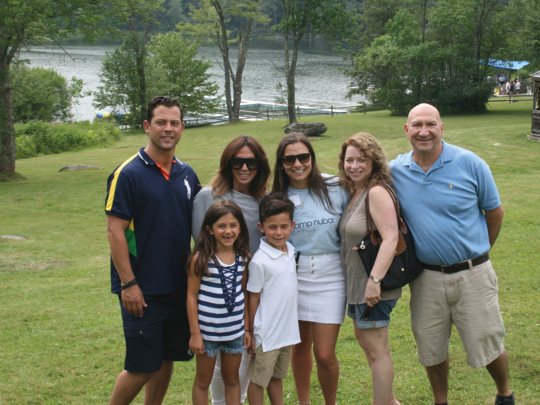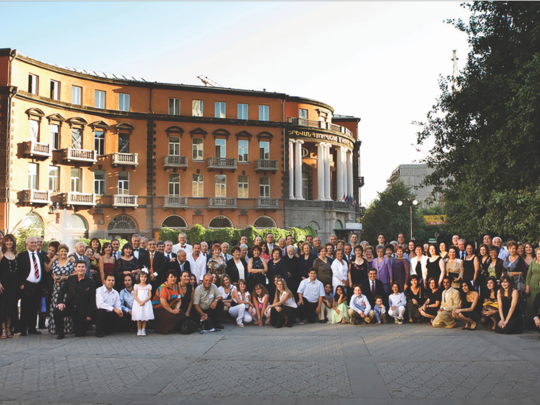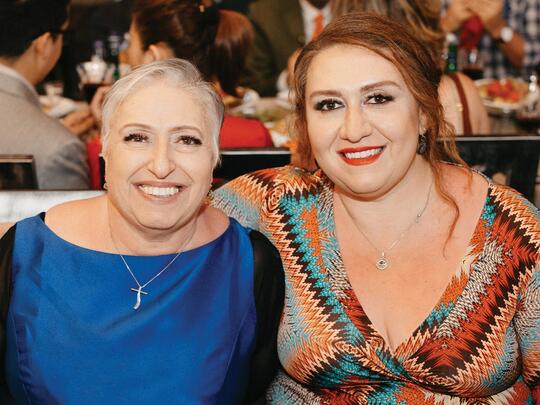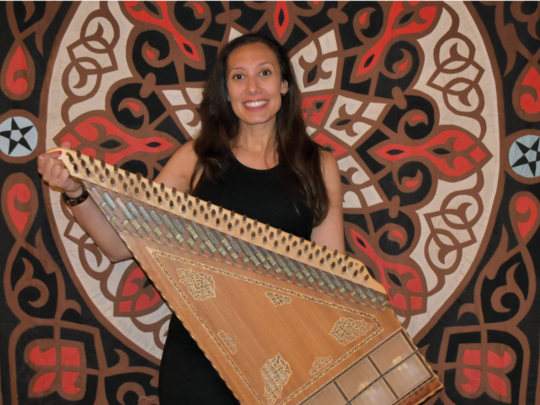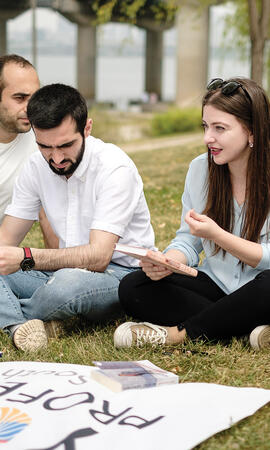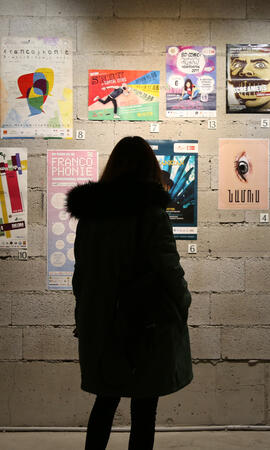The Armenian world isn’t just a tiny landlocked territory at the crossroads of the East and West; just as the Armenian Diaspora isn’t limited to seven million Armenians living outside of the homeland. The Armenian world encompasses hundreds of “little Armenias” spread throughout six continents, home to thousands of people who share the same ethnic background yet manage to blend their local customs with their ancestral Armenian traditions. In these little worlds, for some, ethnic identity comes from within while for others, it becomes a choice—as it was for French-Armenian Rouben Koulaksezian.
Descending from a family of Genocide survivors, Koulaksezian was raised in a Parisian suburb with no significant Armenian presence in his life—except for his family and grandmother’s stories. At 17, he had the chance to visit Armenia, which sparked his desire to explore and build upon his Armenian identity.
During his travels, he took every opportunity to expose himself to the Armenian way of life in different communities worldwide. Capturing and videotaping everything Armenian, he began to share his findings on Instagram under the handle @littlearmenias, attracting Armenians and non-Armenians around the globe, rapidly surpassing over 35,000 followers.
While one may instantly conjure images and memories of our churches or the myriad Armenian shops and restaurants when discussing the Armenian presence, most may not know of the Armenian murals around the world, or the Khor Virap fresco in the Luz neighborhood of São Paulo, or the plate at Humboldt University of Berlin in memory of Komitas. What Koulaksezian has shared has become an eye-opening discovery for many, bringing to light just how diverse and widespread the Armenian influence is across the world.
Koulaksezian compiled these “artifacts” and Armenian mementos into a guidebook in 2019. He pitched his idea under the backing of his local French Young Professionals group at the 2019 AGBU FOCUS Pitch Battle in São Paulo, Brazil to win the Noubar Nazarian YP Innovators Fund aimed to support innovative young Armenian entrepreneurs—and took home the prize. As a result, he received a $20,000 grant from AGBU to develop a comprehensive website to accompany his book and map out Armenian centers, schools, churches, memorials, restaurants, shops, and much more from Beirut and Marseille to Boston and Montevideo, all with specific addresses easily accessible to the masses.
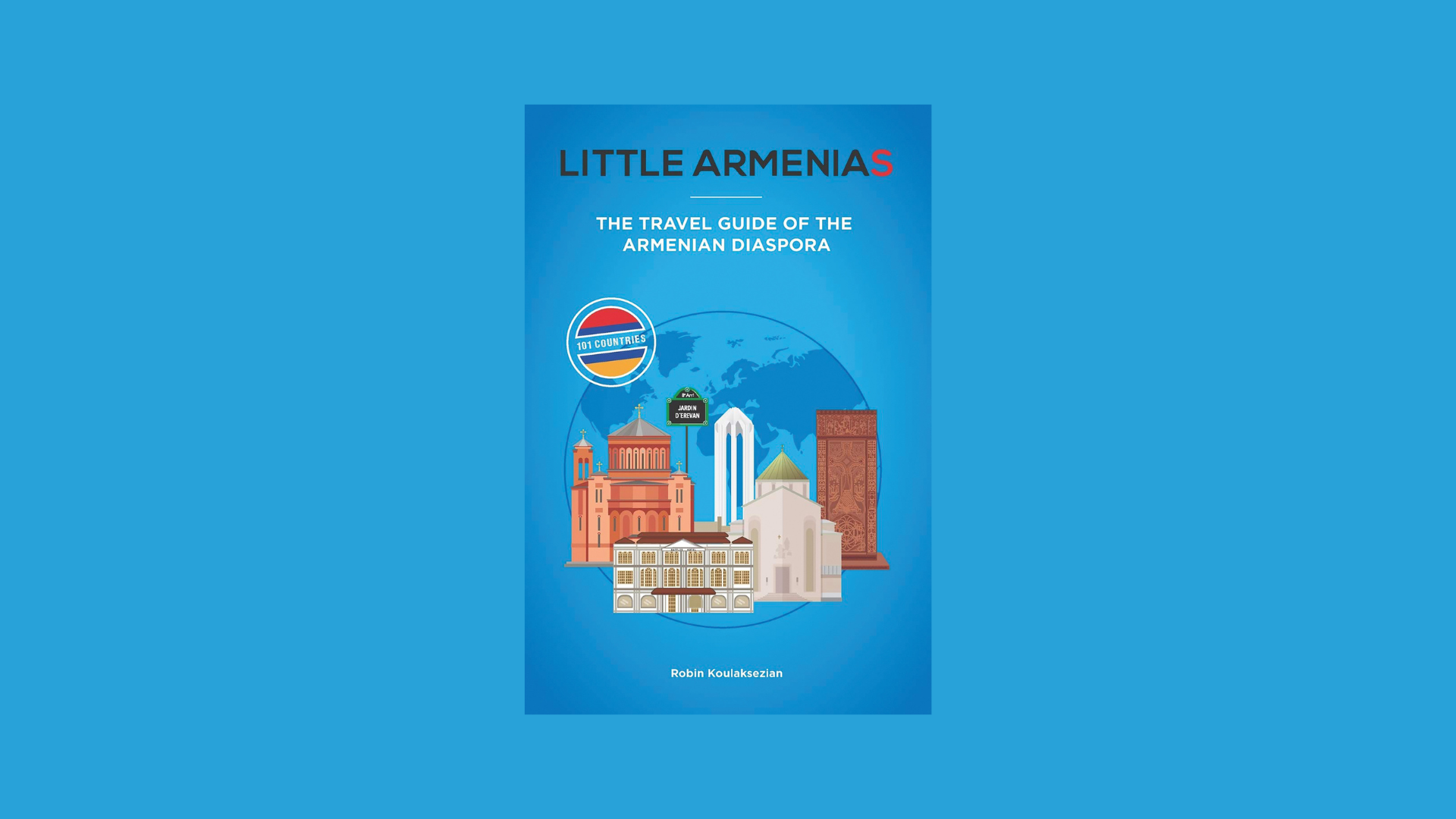
Even today, some of his discoveries still come as a surprise to Koulaksezian himself, which is apparent from his enthusiastic captions on Instagram. One such example is stumbling across an Armenian coffee shop on Corfu Island, Greece, which has been operating since 1908. This video garnered over 130,000 views online, inspiring many to visit and support the longstanding Armenian shop. Another baffling discovery he made was in Uruguay in 2018—a monument titled “Armenian Women,” inaugurated in Punta del Este, a seaside city and peninsula on the Atlantic Coast.
The polyglot, world traveler, and author has devoted his now-viral page to documenting the stories of unique Armenian enclaves on every continent—and his eager followers are growing in number every day. The influencer has captured and shared everything from French-Armenian professional boxer Ruben Hovakimyan’s iconic match in Saint-Chamond to hole-in-the-wall Armenian coffee shops in Queens, New York— videos that have reached over 56,000 views and a slew of positive feedback.

His most recent travels include visiting the church of St. Kevork in Tbilisi, Georgia, touring the new “Little Armenia” of Atlanta, Georgia, and joining over 180 young Armenians in Texas for the YP Hye-down Hoedown.
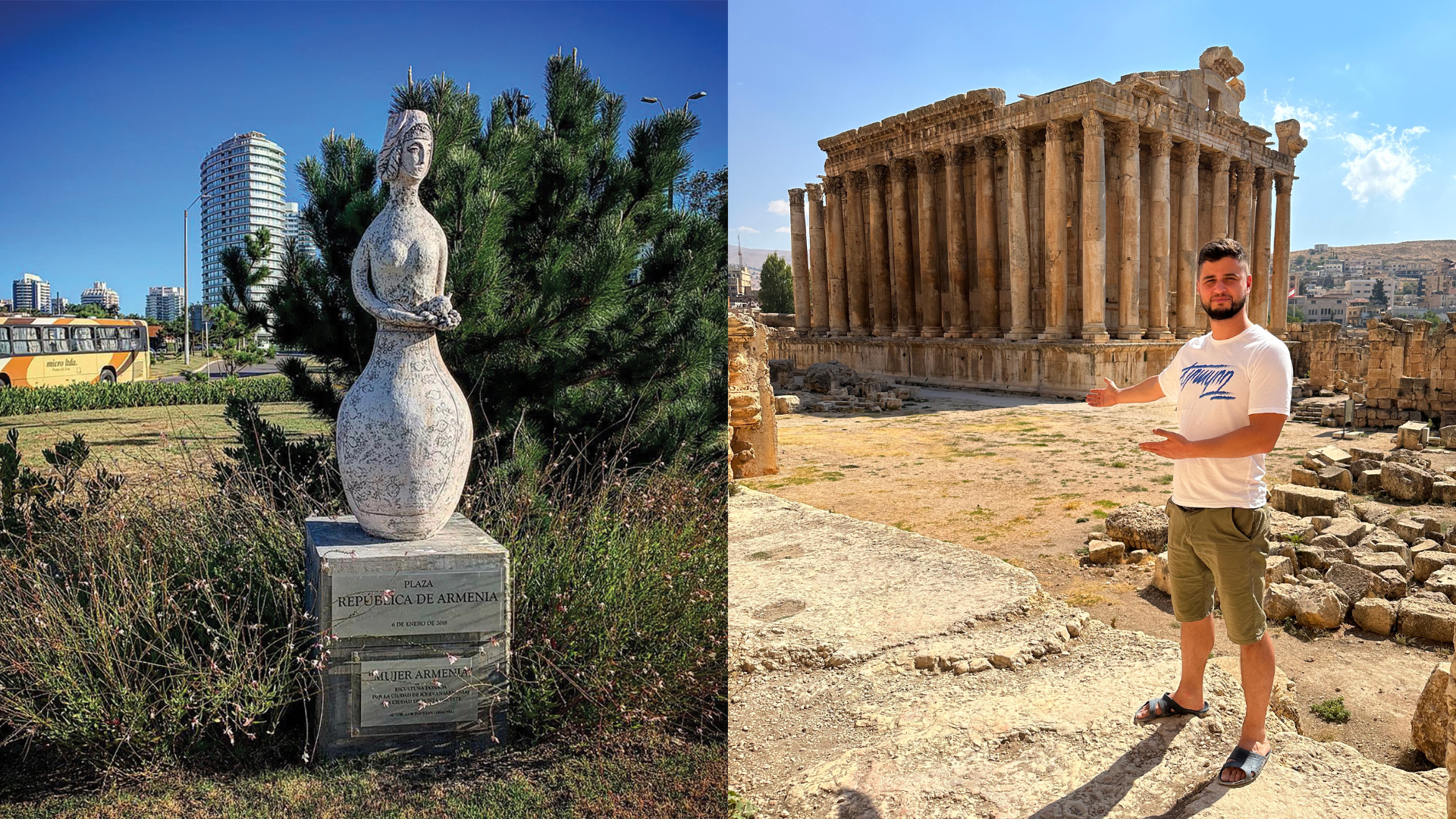
To highlight his on-the-ground findings of so many diverse and widespread Armenian communities, the AGBU editorial team interviewed Koulaksezian to discuss the dimensions of Armenian identity through his lens.
Q: Rouben, thanks for agreeing to share your discoveries regarding Armenian communities worldwide, relying on your on-the-ground experience. Please tell us how you came up with the idea to explore those communities.
A: I often engaged with local Armenian communities when I had to temporarily live in Syria and Russia for job purposes. Over time, I noticed how different the way of “Armenian life” in these communities was, compared to France and even Armenia—yet, we all claimed to belong to the same nation. This phenomenon triggered my interest, and I decided to make my discoveries in this respect.
Eventually, this genuine interest turned into a guidebook where I represent the Armenian communities in 101 countries, of which I have visited over 75. The book includes those communities where the Armenian presence is visual; there are restaurants, schools, monuments, or khachkars.
To give a hint, you can find the Armenian community of Afghanistan in the book, which is clear evidence of a centuries-long historical Armenian presence; yet no Armenian community exists there nowadays. On the other hand, I didn’t include Ivory Coast in the book. Indeed, small groups of Armenians live there, but they still need to organize themselves as a community and make that presence visual to serve the guidebook’s purpose.
Q: Based on your understanding, how do these communities stay connected to their roots?
A: I would group these communities based on how they define themselves as Armenians. In countries like Syria, Lebanon, Iran, Turkey, Russia, and many others, being Armenian is what you are rather than a choice. These countries are a few of many host states for Armenian communities that put ethnicity first, consequently making the expression of ethnic Armenian identity quite bold.
For instance, if Ivan Aivazovsky, one of the greatest masters of marine art, were from the French Empire, no one would ever mention that he was Armenian. But since he lived in the Russian Empire, it is clearly stated everywhere that he was from Crimea and of Armenian descent.
The language is also well-preserved in these communities. Even the third and fourth generation of Armenians speak and write in Armenian.
On the contrary, in countries where identity is “territorialized,” like France, Argentina, or until recently, the U.S., it’s primarily people’s choice to identify ethnically or civically. And if one chooses ethnicity, it becomes an everyday routine to rebuild and keep it.
In addition, it’s also challenging to maintain the language. In fact, France belongs to one of the host counties where the Armenian language was lost the quickest, considering how intolerant the latter was toward other languages, even those in the French regional languages.
Q: What about Armenian culture? Are they able to preserve it, or is the threat of assimilation present everywhere?
A: From a cultural perspective, you can’t move to another country and stay intact to the external environment. Rejecting assimilation does not mean disrespecting the host country’s culture, traditions, and values. For centuries we have acted as a global nation due to our adaptability. Oftentimes we have incorporated local traditions into everyday life but kept our Armenianness for centuries.
It’s fascinating to see how a church in Isfahan is adorned with Persian decorations and patterns, partially reflecting their customs, but is still an Armenian Apostolic Church—home to thousands of adherents of the Christian faith
in Iran.
Although this phenomenon is still widely perceived as a threat to assimilation, I see tremendous opportunities there. Diversity is what makes our Diaspora strong. There is nothing wrong with flavoring our cuisine with local spices in South America or in the Middle East; practice Armenian folk dances but yet become a tango instructor in Buenos Aires. Your Armenian identity shouldn’t reject the opportunities of the host country. What matters is how you use your “Armenianness” to benefit your counterparts or nation.
While traveling, Armenians supported me in so many ways just because I shared roots with them. When in Syria, I could rent a room overnight while other French interns struggled for weeks. In Argentina, I was invited to an Armenian-Argentinian wedding and was exposed to the local environment—something I wouldn’t be able to experience if I were only French. While these are everyday trivial experiences, we carry these features to more significant projects and unite to support the Armenian cause.
Q: What purpose should the guidebook serve for you to say it succeeded?
A: During my trips, I noticed that ordinary people in the Diaspora know very little about one another and that the Armenian Diaspora more often functions on an organizational level. That’s why I usually don’t categorize the communities based on the countries they are located in but cities, as, for instance, the Armenian community in Vladivostok has nothing to do with the Armenian community in Moscow.
With all this in mind, I want this guidebook to help young Armenians of America, Europe, the Middle East, or Australia bond through their shared interests, field of expertise, or family stories when traveling around. Nurturing the sense of belonging to those communities will help them realize that those little Armenias are their “home, sweet home” in a foreign country. We shouldn’t take this gift for granted. It’s time to realize that being Armenian is transnational and that diversity makes us stronger.
Q: What do you think has been the biggest impact from your guidebook and social media platform?
A: A large and diverse range of Armenians throughout the Diaspora have learned about other Armenian communities outside of their own. For example, many Los Angeles Armenians learned about Armenians in France, many Lebanese Armenians read about Armenians in Ukraine, many Argentine Armenians discovered more about Armenians in Asia. The biggest impact has been raising awareness about our cultural wealth and diversity.
Q: How has the Armenian Diaspora responded to your project?
A: This is hard to answer because the Diaspora is very diverse, but the project’s success on social media (35k followers on Instagram, 10 million views for my videos in the last few months) show that there is a need for innovative and educational content about the Diaspora. I receive messages daily, telling me to keep up the work, and that’s what motivates me to do more. Some individuals have even become patrons, financially helping the project. The main criticism I receive is that sometimes my content is too short—but my upcoming YouTube channel will solve that in 2023.
Q: Where are you planning on traveling next?
A: My next trip is going to be Madrid for AGBU FOCUS, and I will also be in Armenia this summer—this is where I meet a lot of Diaspora Armenians. My project is a constant quest for new information about our communities and Yerevan in summer is the place to be.
Go to the Little Armenias website to discover Armenian communities looking to welcome you.

